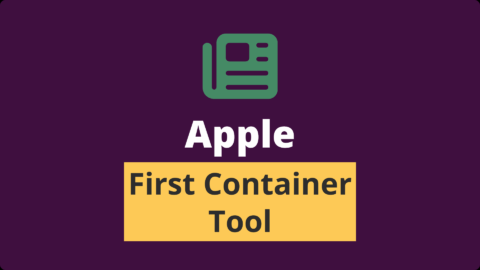WWDC 2025 is full of headlines — new macOS, shiny UI updates, and AI features galore. But quietly, Apple also dropped something that caught the attention of developers working with Linux containers. And yes, it runs natively on Mac. If you’ve ever struggled with running containers on macOS, this might be the tool you’ve been …
For years, most of the world has relied on the CVE system to track software vulnerabilities. It’s widely trusted, globally used, and managed by a well-known organization based in the United States. But in today’s world, digital resilience is becoming a shared responsibility. And depending entirely on a single system — especially one rooted in …










